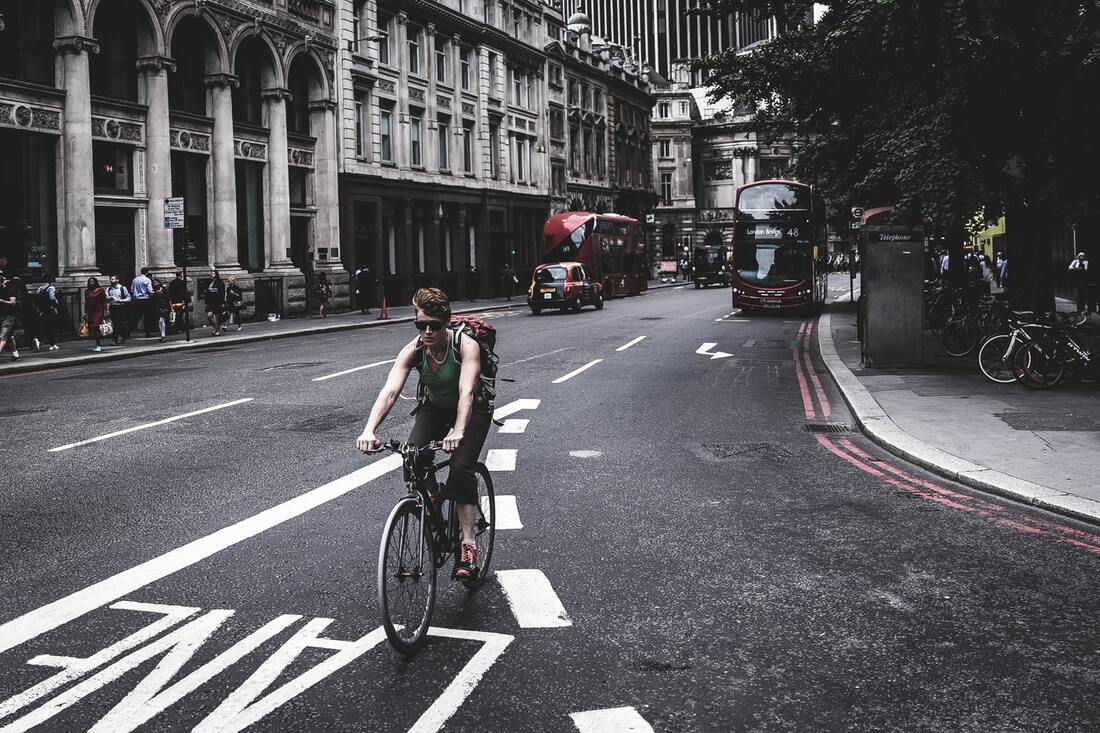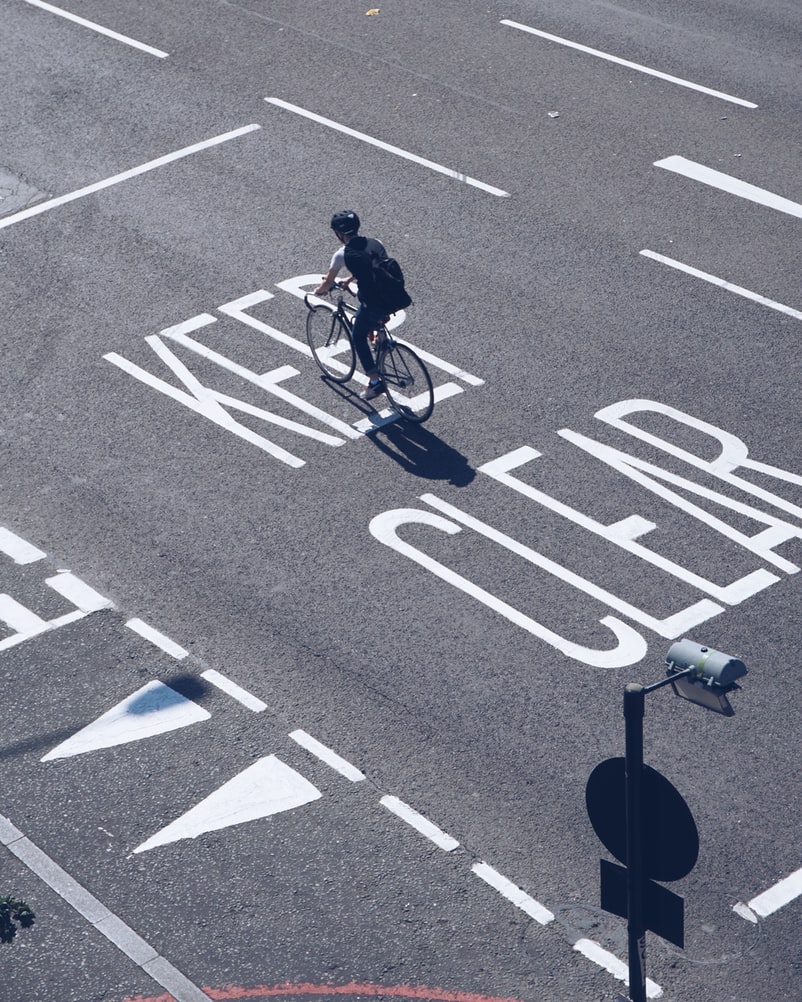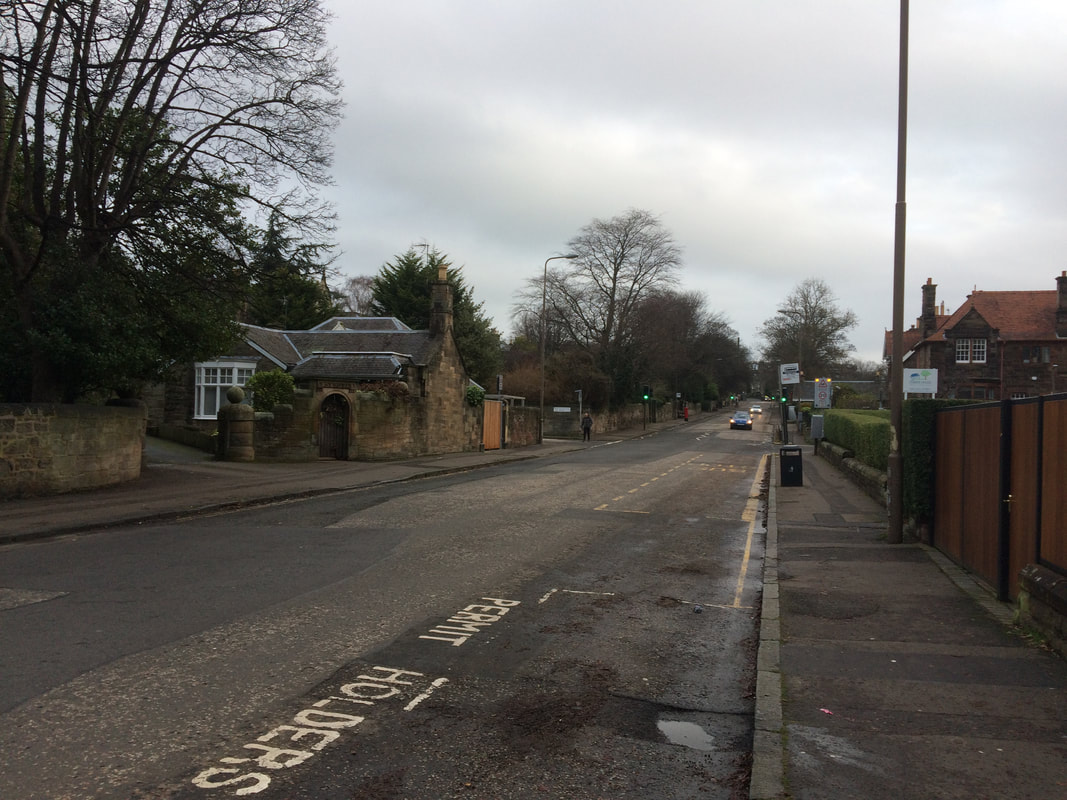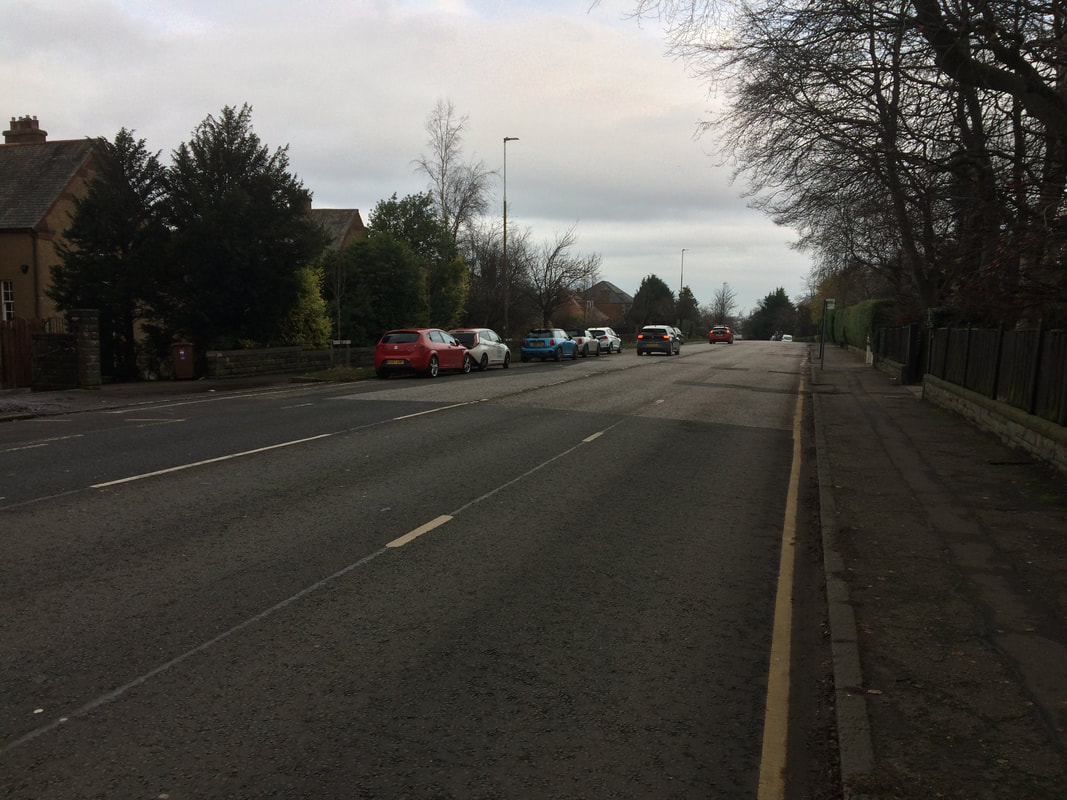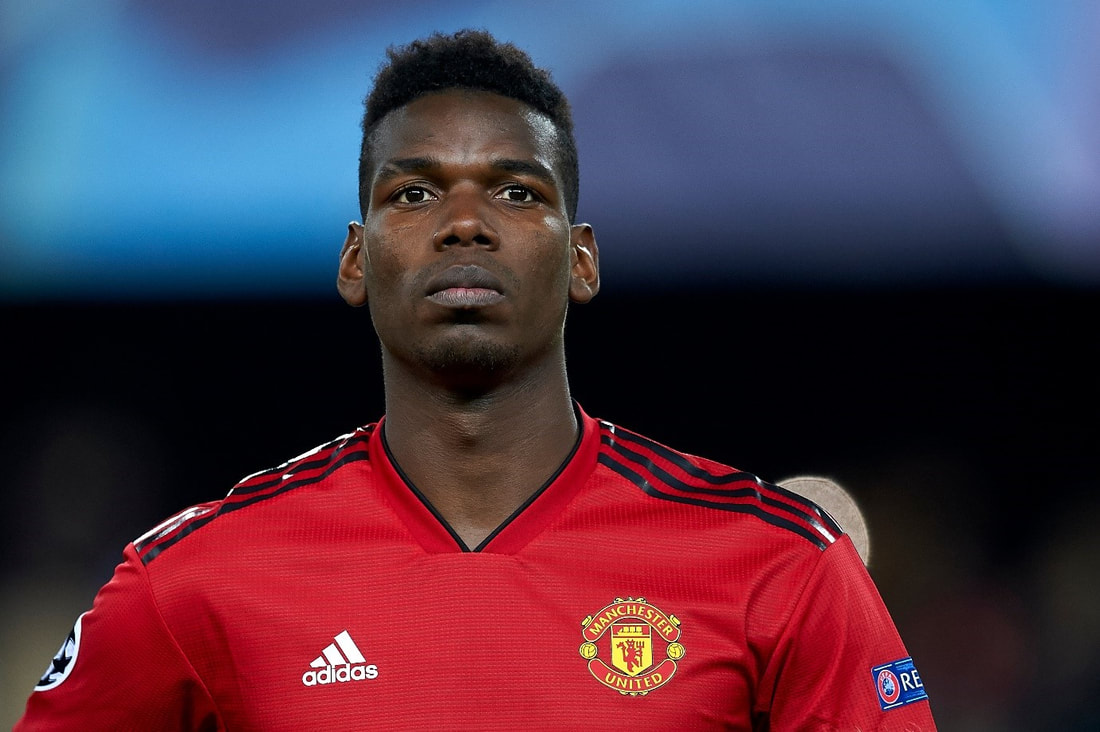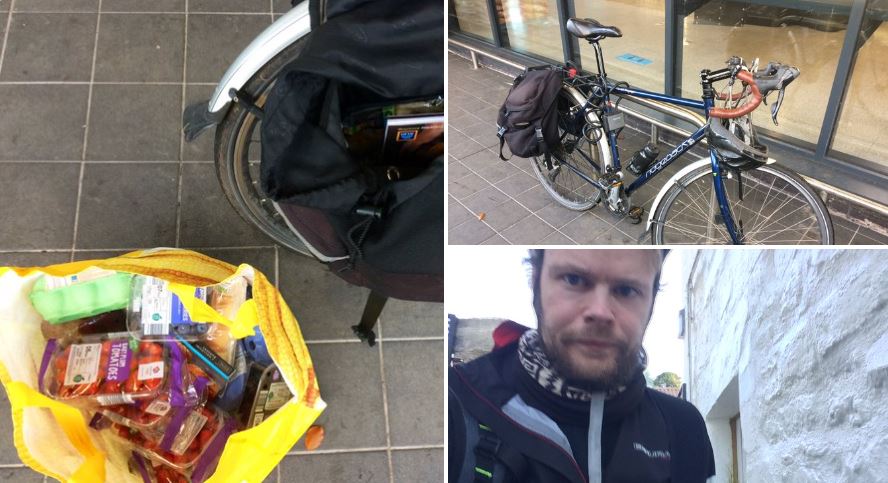|
Though Scottish trails tend to be more distant and rugged, showcasing Mother Nature more than its English counterparts, cycling in both regions has seen a major increase in popularity in the past two decades. For some, cycling is a form of ‘green’ transportation. For others, it’s a way to stay healthy or even save on transportation costs. Around the UK, bike racks and bike lanes are being integrated as standard forms of infrastructure. However, cyclists who are also fans of football may have noticed there’s one location where bike racks are outright impossible to encounter - football stadia. Locking up bikes can be difficult—not only in terms of finding a suitable location but also given the excitement and buzz that’s palpable before each game. However, new initiatives by the EPL and its top clubs are looking to address the lack of options for clean transportation that could affect the fourteen million fans who attend Premier League matches each year. Green Initiatives For clubs with smaller fanbases, incorporating ‘green’ pushes like bike racks and even multi-use amenities is one way to grow their numbers. Successful green initiatives like sustainable transportation can be coupled with other efforts, like generating fan engagement through live streaming or even free bets from The Pools and other sportsbooks. For teams that have faced relegation often, like Wolverhampton or Southampton, these initiatives serve to keep the public interested and further define their team identity—even if their game is lagging. However, the majority of the EPL’s top pushes for environmental responsibility in terms of stadium infrastructure are being undertaken by well-established clubs. With more revenue to spare, top teams based in Manchester and London are leading the way to advocate for a more environmentally aware sports sector. Sustainability in the EPL Currently, Sport Positive offers the most comprehensive guide to assess the environmental footprint of Premier League clubs. The group evaluates clean energy, energy efficiency, sustainable transportation, single-use plastic usage, waste management, water efficiency, low-carbon food options, and the club’s sustainability engagement efforts. Clubs with 8/8 reports include Arsenal, Manchester City, Manchester United, and Tottenham Hotspur. Still, not every club is able to address environmental concerns, with Crystal Palace and Southampton trailing in last place for their lack of clean energy, water efficiency, and reduction of single-use plastics. Viewed in this light, the Premier League is making visible strides toward a greener infrastructure with efforts transcending bike racks. However, Sport Positive doesn’t explicitly define whether or not a club offers bike racks outside their stadiums. Instead, it focuses on the availability of the metro, bus, and other public transportation—as well as how much a club ‘encourages’ fans to utilize these options. In terms of options for cyclists, the best stadiums aren’t Arsenal's or Man City's, but Brighton and Hove Albion's. The Nitty-Gritty
Efforts to encourage green transportation notwithstanding, what do cyclists need from major clubs to make football a cyclist-friendly sport? It turns out there’s a bit more involved than just setting up bike racks. First, cyclists need a clear route to the stadium. While missing some of England’s most famous grounds would be difficult, a lack of signage that directs cyclists to safely enter a stadium can make the journey outright dangerous. In short, cycling needs to be figured into citywide infrastructure near stadiums in the same way roads are and clearly labelled. Secondly, cyclists need a functional bike storage facility—not just a series of metal bars. Ideally, bike ports should be covered to protect from the elements, provide sufficient spacing, and a place for locks. CCTV also provides an added measure of security and shows a club’s dedication to prioritising their cycling fans. Third, bike storage should be modern. In other words, clubs looking to appear green will need to invest some time and thought into their bike storage options. In addition to providing cover and security, storage should also be streamlined to avoid major traffic jams like those seen on the road post-match.
2 Comments
There was a cycling boom from the start of lockdown in March 2020. Vehicle traffic declined to almost nothing and many people enjoyed cycling on roads that they would never have previously dared to venture onto. Bicycle sales soared and many roads had more people cycling than driving. Now that traffic levels have returned to near normal what has been the impact on this cycling boom? My personal story is a positive one, so I thought I would share it with you. I take my son to nursery on a child seat on the back of my bike most days, unless the weather is really awful. My daily commute from home to the nursery is around 3 miles if you take the quickest direct route. I live in Edinburgh and this direct route means using Colinton Road to reach Bruntsfield. Those familiar with this part of Edinburgh will know that Colinton Road can be busy and has no cycle lane on it. Before the pandemic I never felt confident to use this road with my son because it is pretty busy with traffic, but now I am using the road most days. What changed? I'll start by explaining the route I used to take to get my son to nursery. It was somewhat convoluted , mainly traffic-free, using the Braid Burn path and the quieter backstreets of Morningside and Bruntsfield. It is not a direct route and the Braid Burn path can be slow going as it is narrow, shared with pedestrians and has some awkward gradients and barriers to negotiate. It probably added at least another mile, if not more, to the journey. I happily cycled Colinton Road on my own. It's not the most dangerous road in Edinburgh, but it does have a high volume of traffic at peak times. I have not had any serious incidents and only a few close passes, because the road is mostly wide enough for vehicles to give bikes space without the vehicles having to cross over to the opposite carriageway. However, I was not happy to take my son on this road, particularly when there was a near enough traffic-free, albeit longer, alternative. During lockdown Colinton Road changed completely. There was hardly any traffic on it at all. It was bliss for cyclists! I started to use it when taking my son on the bike. When the nurseries opened again after lockdown I decided to keep using Colinton Road with my son and have been doing so ever since. The traffic volume has risen, but not to the same pre-Covid levels. There's not really a rush hour anymore because of homeworking. The only peak for traffic in the morning is for the school children getting dropped off at the various schools along the route, but I am able to avoid this time. Being able to use Colinton Road has made my commute to the nursery much quicker than the Braid Burn route. I am glad to be able to use this road and hope that I will be able to into the future. I do fear that if there is a return to the way things were before with everyone trying to get to their office for the same time I will no longer be confident to take my son on this road. However, the signs are that companies will be offering more homeworking and flexibility so it should mean that not everyone is on the roads at the same time. Three miles is a short commute and in a progressive society concerned with active travel and climate change it should and must be possible for me to make that journey by bicycle and not to be made to feel that I must own a car to cover such a short distance.
I do see other people cycling on Colinton Road during my morning commute, but I have yet to see another parent taking their child on the back of their bike. There are a lot less people cycling on this road compared to the days of lockdown. It makes it a bit lonely being the only one taking their kid on a bike on Colinton Road, so I would love to see more parents feeling confident enough to use this road with their kids. I know it doesn't have a painted cycle lane or the cycle wands that are getting installed on some roads, but it is a wide road and outside the start and end of the school day the traffic volume is not too bad. I know it's not for everyone to cycle with their children on main roads, but I just wanted to share with you that the changes in the world have resulted in a positive cycling experience for me. In a difficult year I think it is important to share positive stories.
Stephen Fabes is a doctor and this brings a unique aspect to the adventure cycling genre because he visits health care settings as he travels. This is a much deeper journey than just a bike ride. This is a 6 year, 53,000 mile, cycle around the world full of thoughtful insights about people and places. It is a fascinating, moving and inspirational travel book.
This is one of the best travel books I have read. The author is incredibly observant and brings something new and fresh to travel writing. He has a great way with words and really brings a place to life. Here is one of my favourite examples of how wonderful the writing is, when he has to replace his pedals in India: "they'd cost 15 rupees a pop (around 18 pence- rust already included) and each weighed more than a kilogram. It was like cycling with A Suitable Boy nailed to the soles of my shoes." It feels like an incredible amount of work went into crafting each sentence in this book as it reads so beautifully. Unlike many other books of this type the focus is very much on a sense of place and not all about the author and what he is going through. For instance, when he cycles past huge palm plantations in Malaysia he shares his thoughts about the palm oil industry and its impact on the environment. I particularly enjoyed reading about the adventures of cycle tourists from history. Stephen has uncovered some wonderful travellers tails and used these to add colour to his own journey. In 1923 a group of Indian weightlifters spent four years cycling around the world and had incredible adventures- they even managed to acquire an autograph from Mussolini to help ease passage when faced with corrupt officials! Stephen even gets to meet the person who has spent the longest time cycling around the world. Heinz has been doing it for 51 years! Their meeting is fascinating with some interesting reflection on whether cycling the world really does make you more worldly. This book is full of the excitement and adrenaline of adventure cycling. Meeting people, exhaustion, things going wrong with the bike and illness, not to mention incredible parts of the planet that you may never have heard of before. I was particularly fascinated by Chin State in Myanmar, an area of cloud forest, landslides and leeches falling from above. Stephen's contacts within the medical profession allowed him to gain an insight into healthcare around the world. He visits several settings, including mental health in India and the migrant camp in Calais. These encounters provide a richer world view than you would expect from a cycling travel book and Stephen provides plenty of thoughts on what he experiences. The most moving account was his visit to a TB field hospital in Thailand and it had me in tears. Interestingly, this book does not end with the finishing line, but with Stephen recalling the challenges he had in returning to his normal life in the UK. This is quite unusual in cycling books and it is refreshing to have an adventure cyclist reflect on this in such detail. This book is not only one of the most enjoyable cycle travel books I have read, but one of the best travel books. It is written beautifully and by the end you really feel like you have learned something about the world. For many footballers, crossing the border from England to Scotland, and vice versa, is a common move. While there’s often arguments that the English Premier League is more competitive, for the names on this list, they’ve found success either side of the border. Winning titles at any level is always something to celebrate. With the 2020-21 season in full swing, let’s take a look back at some of these multi-title-winning champions!
1. Virgil Van Dijk We start with the man who has most recently won a title. Van Dijk has been absolutely solid at the back for Liverpool, since signing from Southampton in January 2018, and is the reason why the Anfield club are often so highly thought of in Premier League odds. Van Dijk was instrumental to the Reds’ success last campaign, starting and playing every minute of domestic football. He spent two seasons at Celtic Park, in which he was a two-time Scottish Premiership winner, also winning the Scottish League Cup in 2014-15. And it was after the Bhoys got knocked out of the Champions League at the qualifying stage, that Van Dijk crossed the border, joining Southampton. 2. Kolo Touré Next up, we have Touré – who won three titles with three different clubs. The Ivorian centre-back won his first ever silverware while at Arsenal, and in his second season, won the Premier League. He was, of course, famously part of the ‘Invincibles’ squad of 2003-04, in which the Gunners went 49-games unbeaten. He then joined Manchester City in 2009 and was instrumental in turning them into a top-six side – winning his second Premier League title in 2011-12. Touré crossed the border in 2016, reuniting with his former boss at Liverpool, Brendan Rogers, and joining Celtic on a one-year deal. During this time, he won the treble: SPL, Scottish Cup and League Cup. 3. Roy Keane We couldn’t have this list and not include the Irish hardman. Keane won seven league titles at Manchester United, as well as three consecutively between 1998-99 and 2000-01. He is the joint-most successful Irish footballer of all time, having won 19 major trophies, 17 of which, he won at Old Trafford. The other two came when he crossed the border and joined Celtic. The 2005-06 season saw him complete the double of Scottish Premier League and League Cup – ending his career on a high, as he was forced to retire through injury. Keane is regarded as one of the best midfielders of his generation. 4. Jiří Jarošík Jarošík was no stranger to silverware, prior to joining Chelsea. The Czech defender/midfielder won six league titles in seven years with Sparta Prague, also winning the Russia League with CSKA Moscow. While he was only at Chelsea for two seasons, and one of those on loan at Birmingham City, he still racked up enough appearances (14) for a winners’ medal, as the west Londoners won the Premier League title in 2004-05. From there, he joined Celtic and won the Scottish Premier League title in his debut season. Sadly, competition for places meant that he didn’t see out his three-year deal – and it turned out to be the final silverware Jarošík would win. 5. Henrik Larsson Now we end with a controversial one here, as some sources say that Larsson never received a Premier League medal, during his loan spelt at Manchester United. But the Swede was a fan favourite at Celtic Park, and it’s not surprising, when in his debut season, Larsson was pivotal in preventing Rangers winning a tenth league title in a row. During his time in the green side of Glasgow, he won four league titles, as well as an additional four domestic trophies – and on an individual level, was top goal scorer for five out of six seasons. He arrived at Old Trafford on loan from Helsingborg, and scored once in seven Premier League appearances. The Red Devils went on to win the league title two months after Larsson departed, and although he had not played the required quota of league games to qualify for a Premier League winners’ medal, he was granted dispensation. Although, like we say, he claims he never received a medal. The football world was sent into a frenzy in the summer of 2016, when it was revealed that Paul Pogba would be making his much-anticipated return to Manchester United.
The French midfielder departed Old Trafford for Juventus in 2012, but after making a name for himself in the Italian Serie A, the Red Devils splashed a then world-record fee of $89 million to bring him back to Manchester. However, it hasn’t all been plain sailing for Pogba since he re-joined Man United. He has often been on the receiving end of fierce criticism from both pundits and the Red Devils’ faithful for poor performances and talk of a second move away from the Theatre of Dreams always seems to be on the horizon. And, that seems all the more likely now that the 27-year-old’s agent Mino Raiola, who is never one to keep his mouth shut, has claimed that Pogba is ‘unhappy’ at Man United and ‘has to change teams’, which could be as early as the upcoming January transfer window! “Paul is unhappy. He is no longer able to express himself as he would like and as expected of him,” the super-agent said. "He has to change teams; he has to change the air. He has a contract that will expire in a year and a half, but I think the best solution for the parties is to sell him in the next market." Last month, France manager Didier Deschamps also claimed that Pogba ‘is in a situation with his club where he cannot be happy.’ It comes after the midfielder made just 22 appearances across all competitions last season – missing large parts through injury – whilst this term he has been restricted to mainly substitute cameos, despite being back to full fitness. Pogba started, and scored, in the recent 3-1 win over West Ham at the London Stadium, but that was the first time he has been in the starting XI, which was heavily rotated by United boss Ole Gunnar Solskjær, since the defeat to Arsenal back at the beginning of November. So, what is next for the French midfielder? Well, with just a year and a half left on his contract, the Red Devils chiefs might want to cash in on him sooner rather than later, as the more time runs out, the more they risk losing him at a cut price or even for free. In the past, Pogba has made his admiration of Spanish giants Real Madrid clear, revealing ‘it is a dream for me, why not one day?’ when asked if he would like to play for Los Blancos, whilst Madrid manager Zinedine Zidane, who knows Pogba on a personal level, has also claimed he would like to have the midfielder at the iconic Santiago Bernabéu. That’s why, if you were to check the online betting pages, you would see that the 13-time Champions League winners as the firm favourites to land the Frenchman’s signature. It is then Ligue 1 side Paris Saint-Germain who are next in line to sign Pogba at 5/1. The midfielder was born in Lagny-sur-Marne, which is just 16 miles from the centre of Paris, and the chance to move back to his homeland might just be a deciding factor for the 27-year-old, whilst for PSG, Pogba could be the missing part to their jigsaw as they still seek that inaugural Champions League trophy after last season’s crushing defeat to Bayern Munich. A return to the Old Lady is a little further out at 11/2 while Barcelona (9/1), Inter Milan (19/1) and Bayern Munich (20/1) could also be in the running. Whether or not Manchester United would let a player of Pogba’s ability leave halfway through the season remains to be seen, but it does seem like the clock is ticking on his second spell at Old Trafford, and this summer, when there’s just one year remaining on his contract, we might just see the back of the midfielder – much to the delight of Graeme Souness! Paul Pogba next club odds Real Madrid – 11/4 PSG – 5/1 Juventus – 11/2 Barcelona – 9/1 Inter Milan – 19/1 Bayern Munich – 20/1
Is it possible to do your supermarket shopping using a bicycle? Supermarkets in Scotland tend to be visited mainly by people using cars. The entire concept- filling a trolley with bulk purchases, the location of the shop and the large car park- is based on car ownership. Supermarkets do provide cycle racks and people do use bicycles for their shopping. I have been doing supermarket shopping for 2 adults and a child using my bicycle and this blog shares my thoughts about the experience.
How I transport shopping on a bicycle I have two rear panniers on my bike and a backpack and this is sufficient to carry what I buy in the supermarket. It does not have the same capacity as a car which means I don't do a weekly shop, but visit the shop once every 2 or 3 days. Personally, this works out well because with a weekly shop you really need a big fridge and I have a small one. I also find that some of the fresher items do not last that well if you do a weekly shop. And it means more frequent exercise for me if I am doing it once every couple of days instead of once a week. The reduced capacity of my bike helps to control my spending and forces me to only get what I need and not succumb to temptation!
How I get to the supermarket
This is the main thing I wanted to write about in this blog. Each time that I do a supermarket trip by bicycle it always makes me think about how urban planning has made us so dependent on cars for short journeys. I live in Colinton in Edinburgh and my nearest supermarket, Tesco, is a 9 minute cycle ride . That's really not far, so this should be a journey that anybody with a bicycle should be able to do. Right? The problem is that there is no cycling infrastructure, no separated bike lanes and no painted bike lanes. It means that a person using a bike has to travel on some busy roads and be confident cycling in traffic. Part of the route is through some quiet roads in a housing estate where there is no traffic. However, to get to the quiet section you have to go on a busier road first. And this is why whenever I arrive at the supermarket I am the only one using the cycle racks or there is sometimes one or two other bikes there, but never more than that. This Tesco is hemmed in by roads that see a significant volume of traffic, probably a similar situation to many supermarkets in urban areas. For most people the prospect of cycling on these busy roads to get their shopping is frightening, so they will use a car. There will be people who would like to go to this supermarket by bike, but if they do not feel safe they are not going to do it. Do you need a car to get a pint of milk? Here is another observation about this situation. Walking to this supermarket takes 25 minutes, so if someone just needs one or two things, like a pint of milk, they probably are not going to walk. We already know that not many people use a bike to get to this supermarket, which means that there are lots and lots of short car journeys being taken to reach it. It's not the fault of the people using the cars, urban planning has left them with no choice. It's not practical to walk 25 minutes to the supermarket each time you need something and cycling, if you don't feel safe on the road, is not an option. Okay, there are small convenience shops that you can walk to for things like milk, but not every location has one within reasonable walking distance and they don't stock everything that you need, so the only alternative is to travel to the supermarket. What about public transport? There is a bus that covers this route to Tesco and it takes about 9 minutes, so the same as the bike. However, it is a 30 minute service so you are going to have to plan out your shopping trip to make sure it starts and finishes for when the bus comes. For people who do not own a car this is what they do when they visit the supermarket, but for people who own a car they may not want the inconvenience of waiting for a bus, planning their supermarket trip to the bus timetable, and having to carry bags of shopping on and off the bus. There is another supermarket very close to where I live. Aldi, on Oxgangs Road, is 12 minutes by bike and 6 minutes by car. Again, 12 minutes is such a short time to be on a bicycle, so this trip should be a normal, everyday thing. However, like the Tesco route, the Aldi route requires you to be confident cycling on a bike next to vehicle traffic. The most direct way to reach Aldi is on the B701 which has no painted cycle lanes and no segregated cycle lanes. I come off the B701 at Oxgangs Farm Drive and head onto Oxgangs Farm Avenue as these roads have virtually no traffic, but there is no way to completely avoid busy roads when travelling to this supermarket. Aldi has 4 bicycle racks and when I visit I am usually the only person using them. I have seen no more than one other bicycle parked there. There must be other people with bicycles who would cycle to Aldi if they felt safe on the roads. We know that cycling and walking are good for health and the government wants us to do more of it. We know that driving, particularly for frequent short journeys that could be done by walking or cycling, is not good for the environment. Why, then, should it be so challenging to cycle for 9 to 12 minutes to a supermarket? The absence of segregated cycling lanes means that for the vast majority of people the journey to the supermarket will continue to be done by car. It should be normal to cycle 9 to 12 minutes to pick up shopping, not extraordinary, but the design of our urban areas has made it unusual to see a person using a bicycle to visit a supermarket. Something has to change if we want society to move away from dependency on the private car for short, everyday journeys. If we really want to tackle health and climate issues then creating an urban environment where people feel safe to cycle for these short distance shopping trips is a good place to start. This great video from Cycling UK explains the benefits to society of cycling lanes:
How about you? Do you cycle to the supermarket? Would you like to cycle to the supermarket? Tell me about your experiences and thoughts in the comments.
|
|

